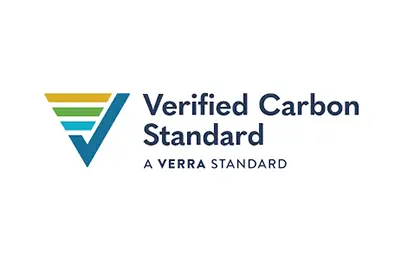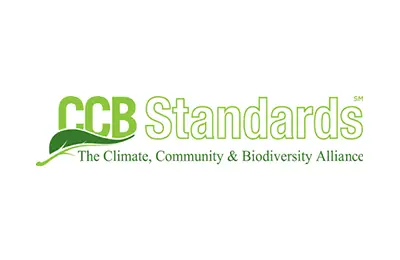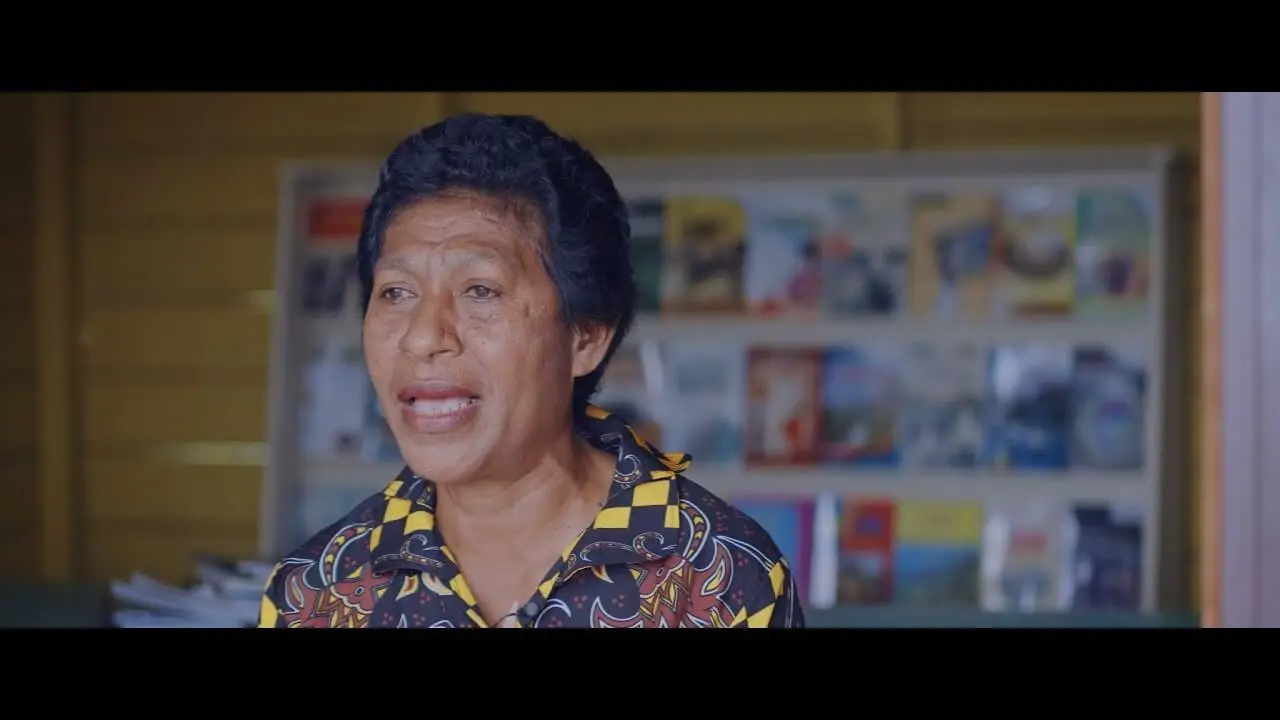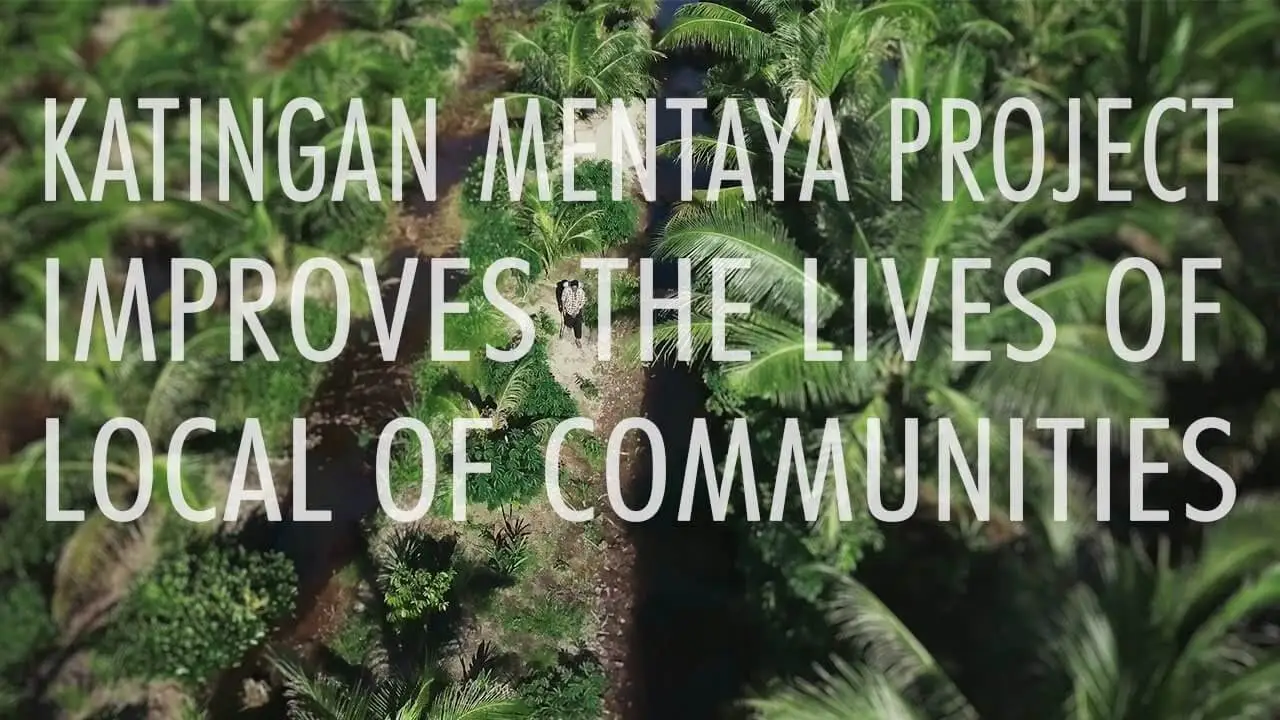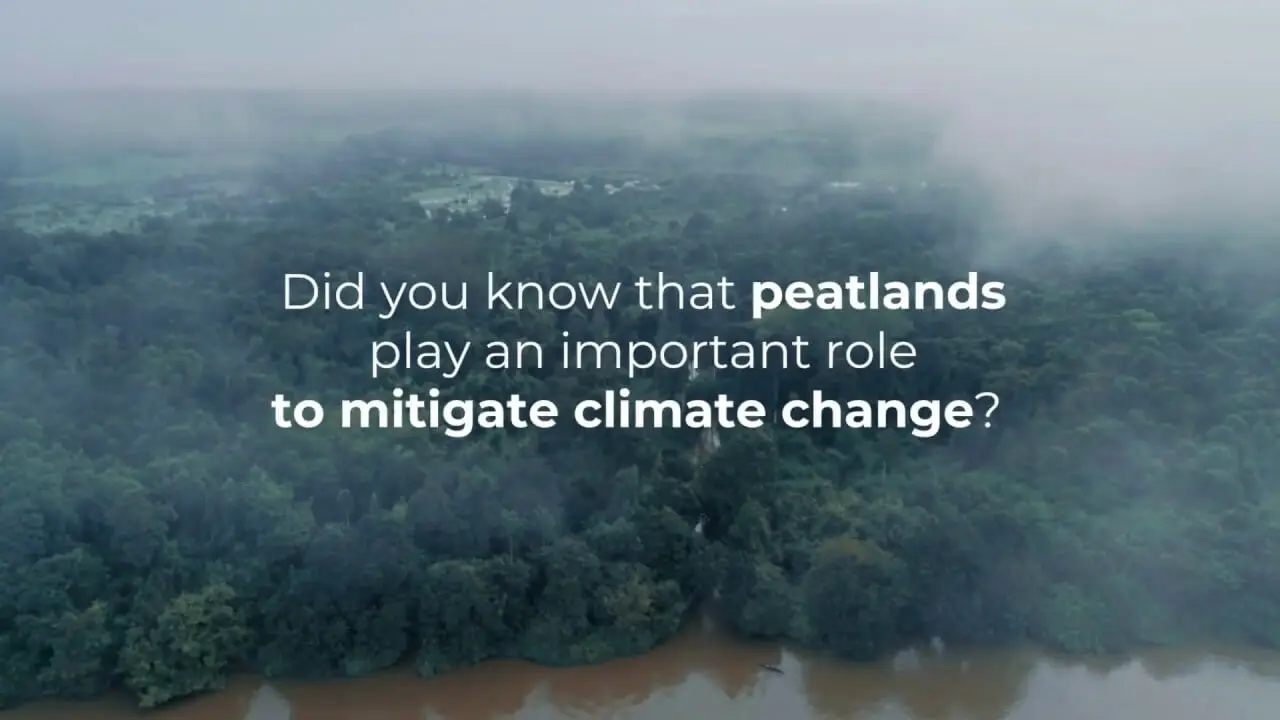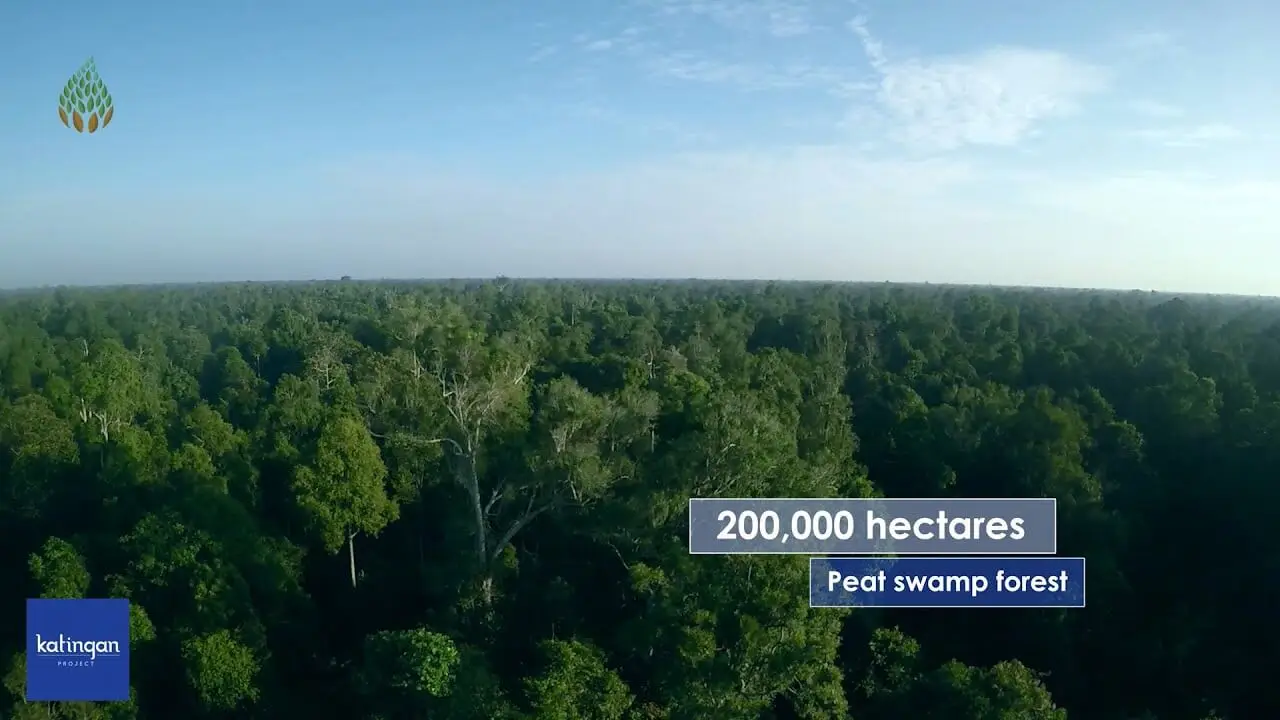This project is protecting and restoring one of the largest remaining peat swamp forests in Indonesia. Massive stores of carbon are locked away beneath the swamp’s surface, while the aboveground forest habitat is home to over 5% of all remaining Bornean orangutans. Along with conserving this critical ecosystem, the project is enhancing the quality of life of rural communities by creating livelihood opportunities, formalizing land rights, and improving public services.
Where & Why
With dense tropical jungles and winding rivers, the Southeast Asian island of Borneo is a treasure trove of biodiversity. Some of the world’s most endangered species are found here, including the last remaining populations of the Bornean orangutan, proboscis Monkey, and Bornean white-bearded gibbon.
Along with providing a critical habitat for wildlife species, Borneo’s ecosystems play an important role in the fight against climate change. Long regarded as unproductive ecosystems, scientists recently discovered that the region’s ancient peat swamp forests are one of the world’s best carbon sinks – 90% of which is stored underground. These unique blue carbon ecosystems were formed over thousands of years as waterlogged conditions prevented dead plant matter from fully decaying. The resulting layers of peat hold massive amounts of carbon. Though peatlands cover about three percent of the earth’s land surface, they are the largest terrestrial carbon store.
Over the past half-century, vast tracts of Borneo’s peat swamp forests were logged and converted for industrial agriculture, such as oil palm cultivation or timber production. As peatlands are cleared, drained, and burned to make way for plantations, their carbon stocks are released into the air. These irresponsible practices often cause further harm by triggering long-lasting peatland fires which spread quickly and are difficult to extinguish. Along with releasing tons of carbon, these fires churn out toxic smoke that is hazardous for local communities.
The destruction of Borneo’s peatlands has been devastating to the wildlife that live there. The rapid decline of over half of the Bornean orangutan population in less than 60 years is largely attributed to the loss of peat swamp habitats.
Indigenous communities who have lived in the region for generations are also affected by the loss of Borneo’s peat swamps. Along with destroying the forest resources that these rural communities depend on, commercial exploitation has led to land conflicts that jeopardize their customarily held land rights.
How & Who
The Katingan Mentaya Project is protecting and restoring over 370,000 acres of carbon-rich peat swamp forest in Kalimantan – the Indonesian part of Borneo. This area represents one of the largest remaining intact peat swamp forests in Indonesia, making it a critical wildlife habitat. The project area is home to 14 species that are endemic to Borneo, including over 5% of the remaining global population of Bornean orangutans, proboscis monkeys, and Bornean white-bearded gibbons.
Though the region remains largely undeveloped, about 11,500 families live in small villages surrounding the project area. The peat swamp forest provides important natural resources for these remote communities who rely on traditional livelihoods such as farming, fishing, and harvesting non-timber forest products such as gemor, honey, and medicinal plants.
Without the project, this peat swamp would have been converted to fast-growing industrial acacia plantations, grown for paper and pulp wood products. By obtaining the legal license to the land, the project prevented this conversion from happening. As illegal exploitation of the ecosystem remains a risk, the project is taking extra measures to improve monitoring and enforcement. This includes establishing monitoring posts at the main entry-exit points to the forest, mobilizing forest rangers, and raising community awareness about the impacts of illegal resource extraction and unsustainable land-use practices.
Along with protecting the intact peat swamp, the project is also restoring nearly 11,000 acres of degraded areas. Local communities help grow the seedlings in newly established village nurseries. To date, over 200,000 native tree seedlings have been planted and more than 1,000 acres restored. In addition to this intensive restoration, two economically-valuable local species will be planted to support community-led agroforestry and small plantations of local fire-resistant species will be established to prevent the spread of fires.
Because fires represent such a serious threat to peatlands, the project is also taking other steps to detect fires earlier and prevent them from spreading to the project area. This includes developing early warning systems, establishing watch towers in fire prone areas, providing fire extinguishing equipment, training firefighters, rewetting peatlands, and educating local farmers on alternatives to slash-and-burn.
The project also aims to reduce poverty and improve the lives of local communities. It is creating sustainable sources of income by developing community-based economic activities such as ecotourism, agroforestry, rattan weaving, and coconut sugar farming. To make it easier for local people to take up these activities, the project provides microfinance loans and training, develops small processing facilities, and assists communities to access value-added markets.
In addition to community-based business development, the project is also improving sanitation and access to quality education and sustainable energy. This includes replacing river latrines with hygienic toilet facilities, creating floating health clinics, distributing books to elementary schools, providing scholarships to students, and installing solar panels in rural communities.
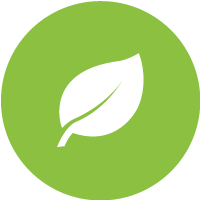
Environmental Benefits
- Protects and restores over 370,000 acres of tropical peat swamp forest
- Conserves biodiversity by protecting the habitat of endangered and endemic species
- Mitigates climate change by preventing deforestation and fires

Community Benefits
- Secures traditionally held land rights
- Increases income-generating opportunities for local communities
- Provides training and capacity-building, empowering women in particular
- Improves access to quality education, health services, and sustainable energy
- Improves local sanitation and air quality
- Safeguards the natural resources that rural communities depend on
Project Type

Blue/Teal Carbon
Location
Annual CO2 Reduction
7,451,846 metric tons CO2e
SDGs Supported
Verification Standard
Project Developers
PT. Rimba Makmur Utama
Project Documents
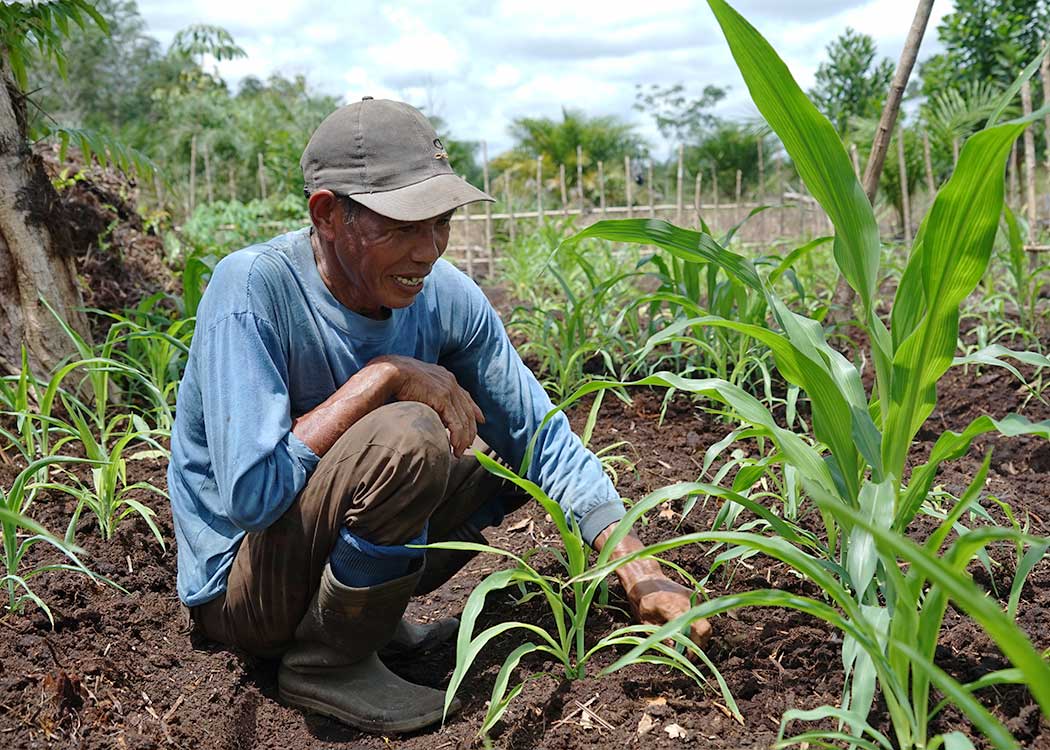
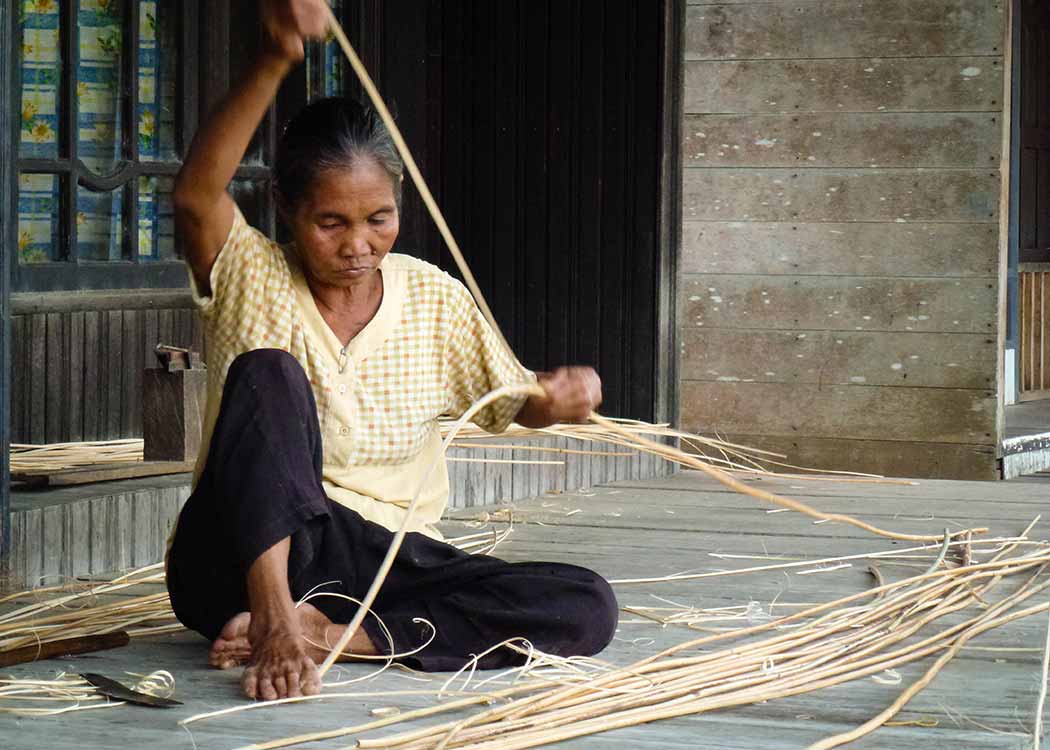
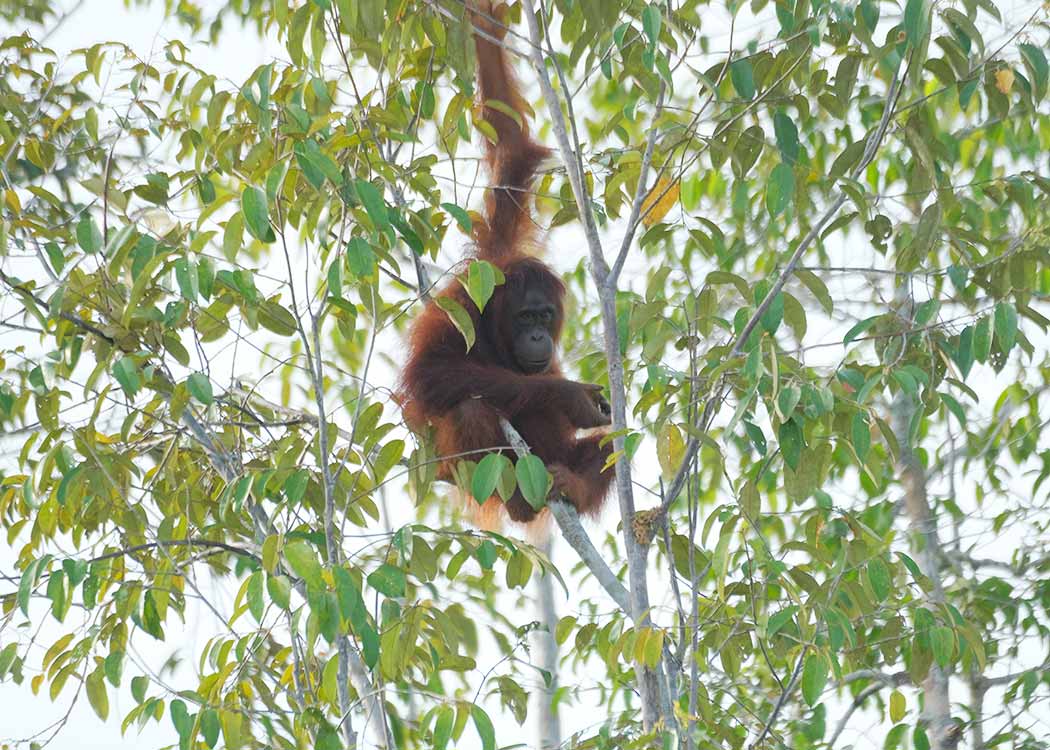
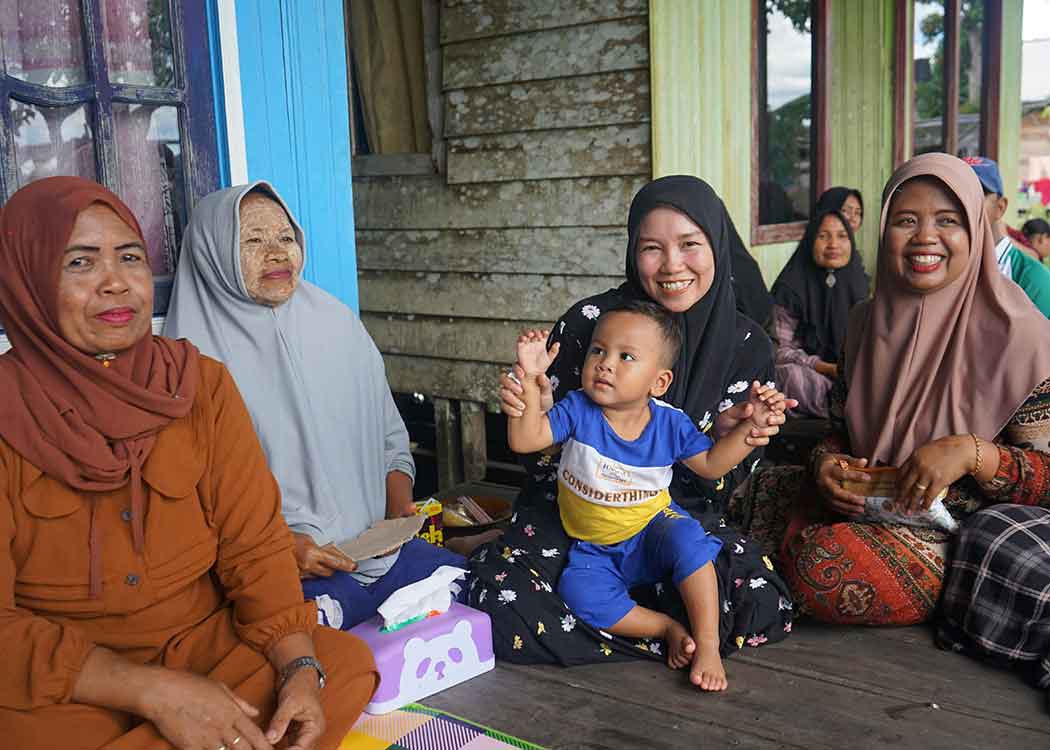
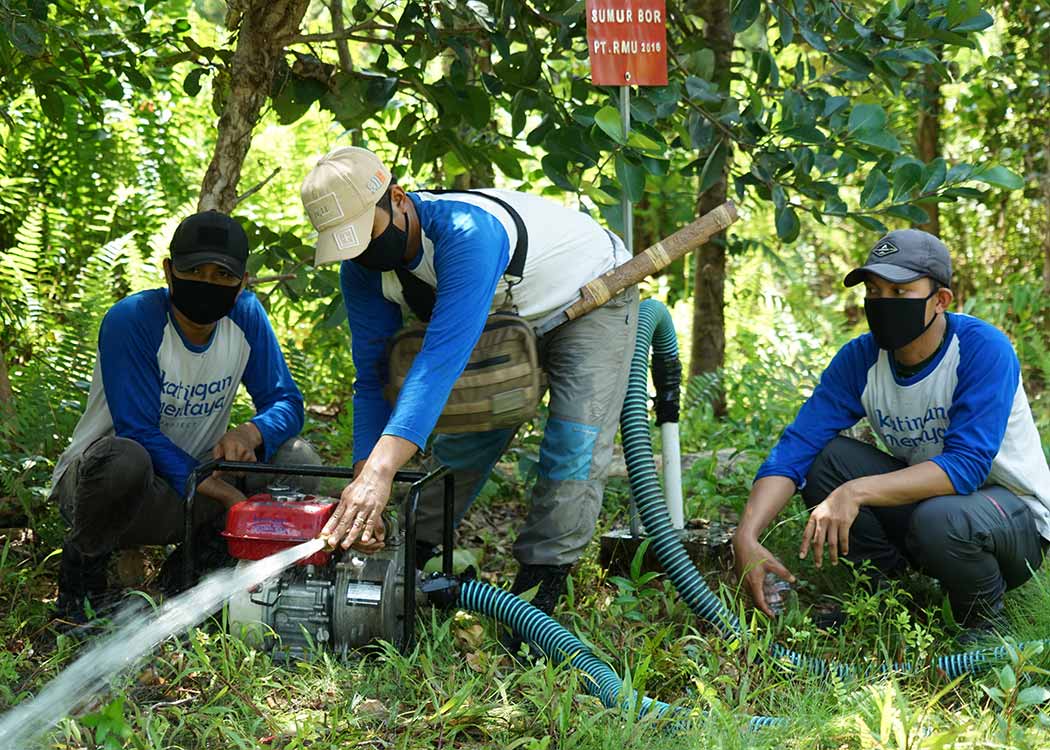
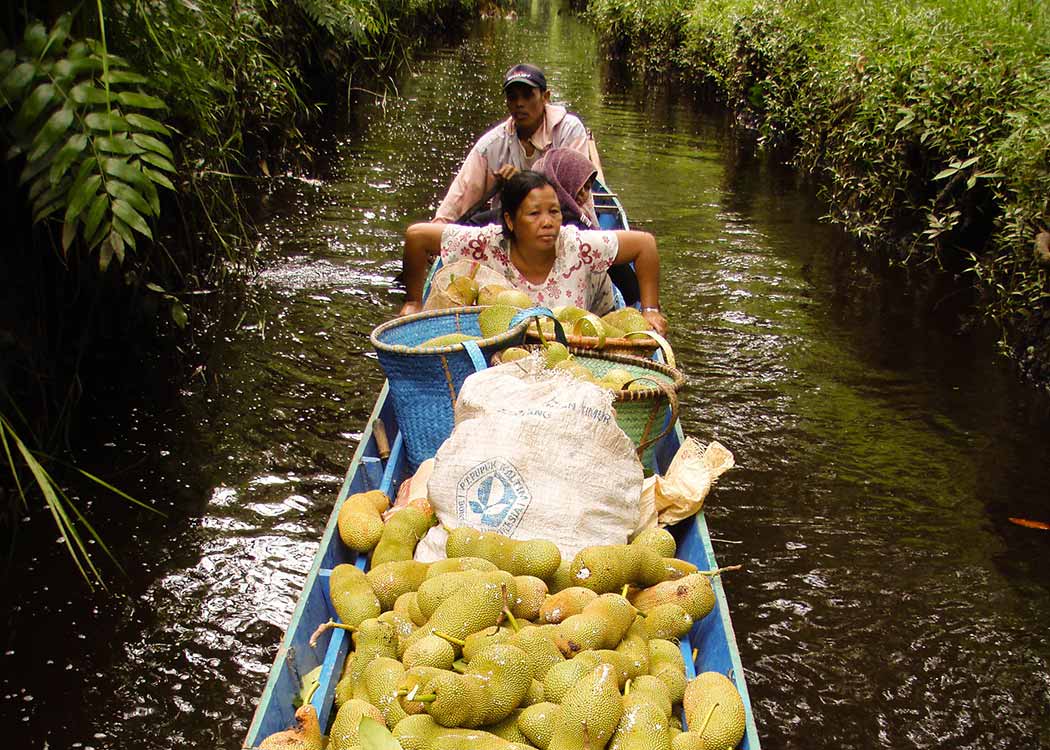
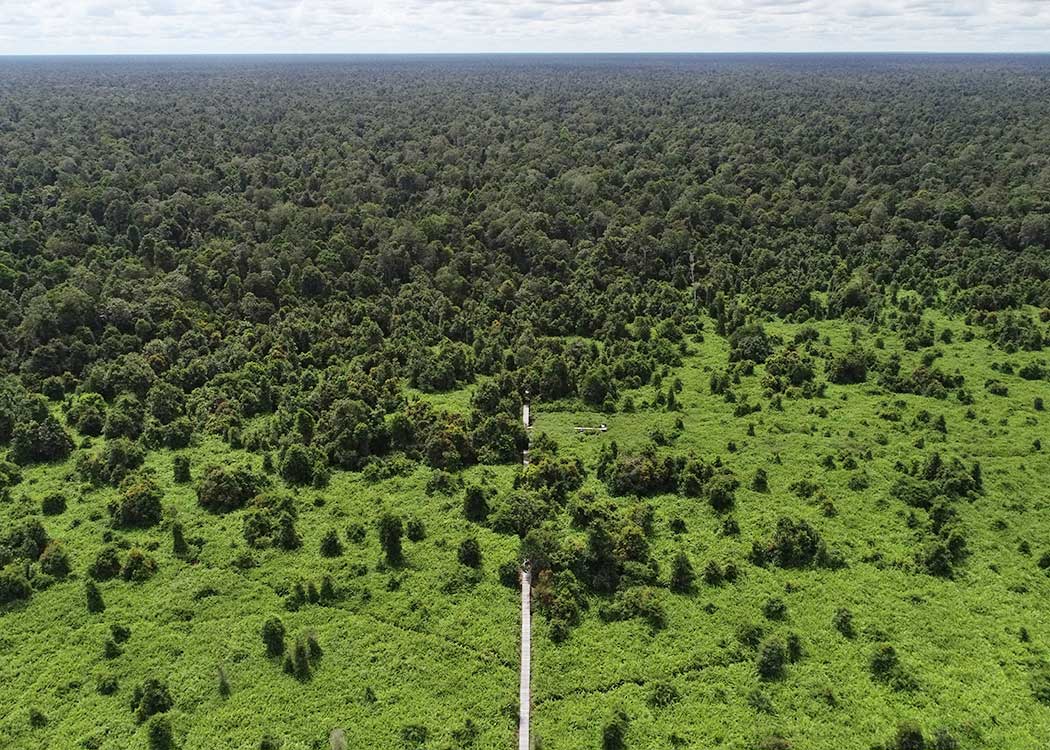
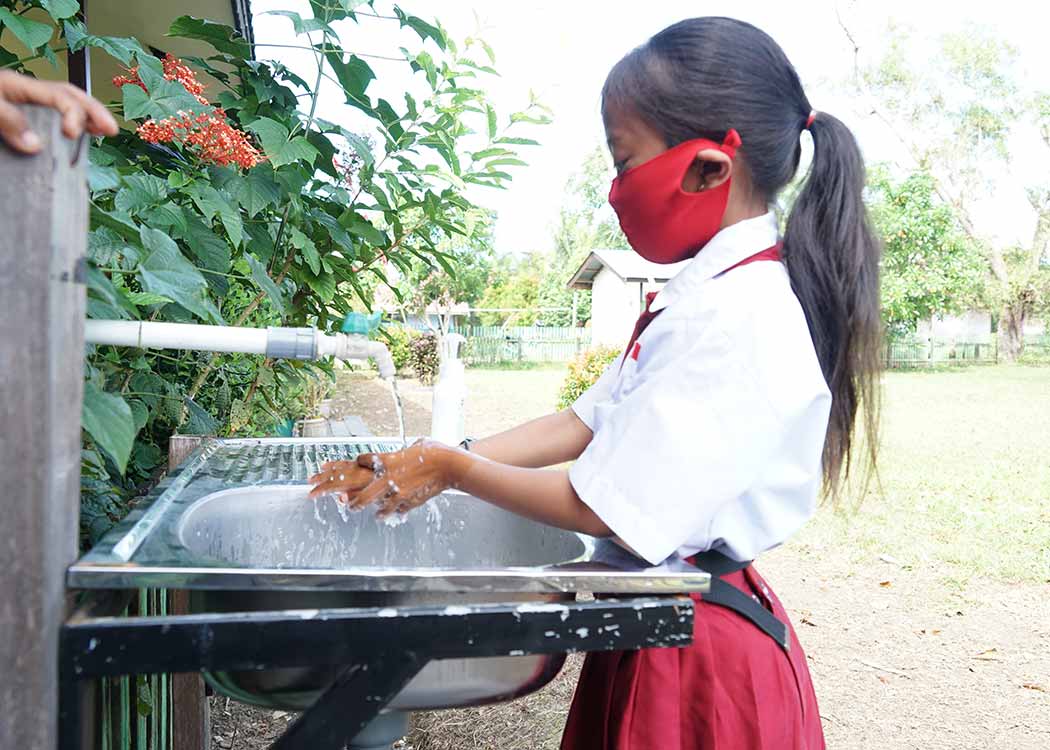
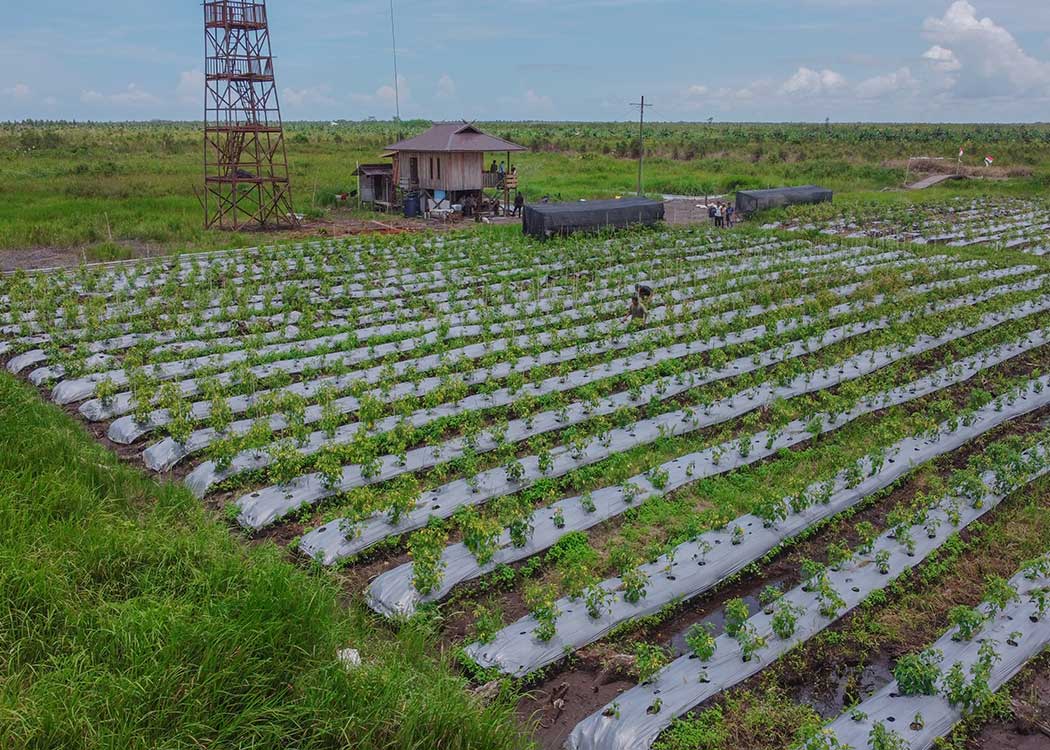
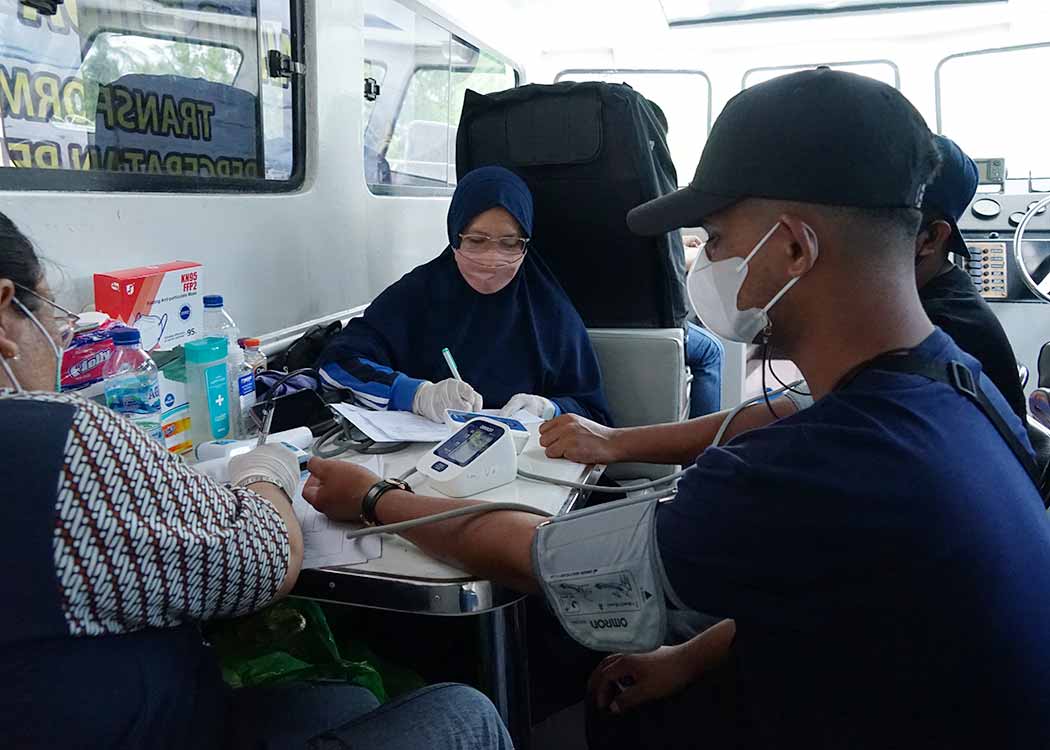
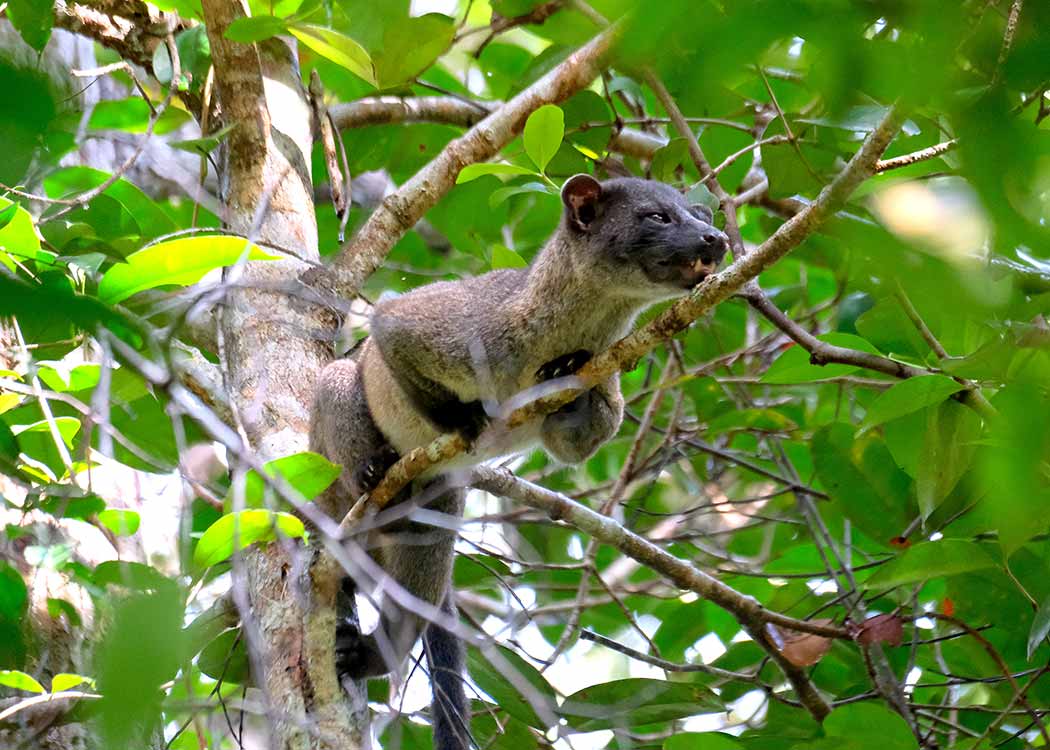
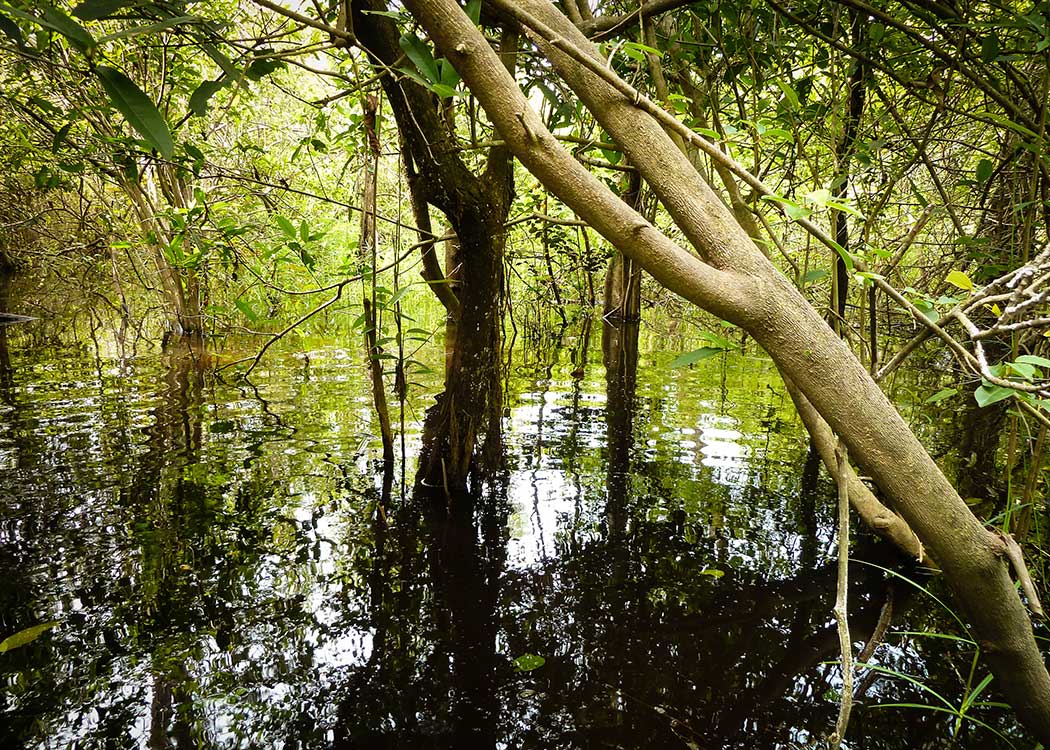
News & Stories
Offset Your Travel Footprint
Calculate and offset the carbon footprint of your flight in seconds via our online carbon calculator! Already know your carbon footprint? Click the option to “offset now.”













